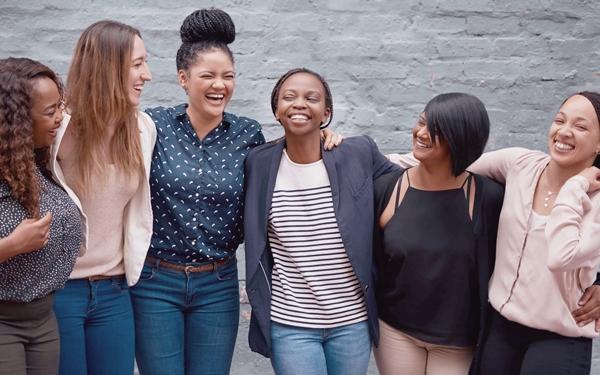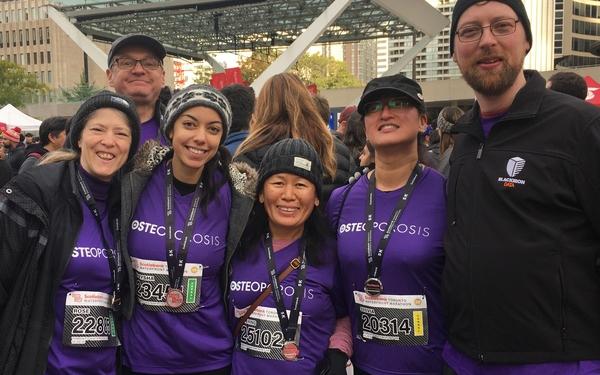

Sitting
Sitting tall in a perch position puts less strain on the spine than a slumped or slouched position. You may find it difficult at first to sit tall with a neutral alignment in a seated position. That is because our sitting bones at the bottom of the pelvic basin are shaped like a rocker and have a tendency to cause us to sit more on our tail bones than our sitting bones. It may help you to think of using your buttock muscles to help you sit tall on your sitting bones. Think of “sitting tall in the saddle.” Sitting tall on your sitting bones will help prevent your spine from rounding.
Use a straight-back chair with a firm seat, if possible one with arm rests on it so you can use your hands to help control the movement in and out of the chair. Once you are perched on the edge of the chair, stay upright, then slide to the back of the chair to get your buttock muscles in as tight as possible to the back. A small cushion or pillow may be necessary to help keep the spine as upright as possible and support the natural inward curve of the lower back.
“I write for a living, which means I spend a lot of time sitting. Maybe now I can learn to do it properly and when I get up I can sit back down with better alignment.”
Sitting To Standing And Standing To Sitting
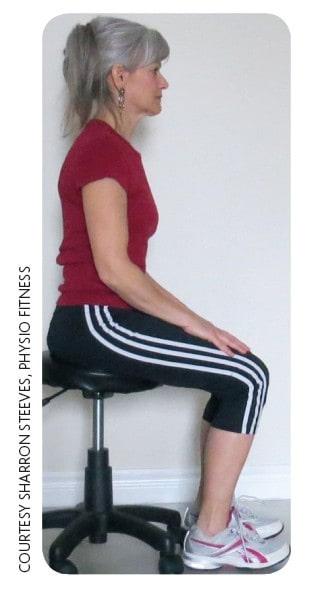
Standing up from a sitting position can put a great deal of strain on the spine because of the tendency to round the spine. Train your muscles to rise up from a seated position with your head held high to reduce the pain and strain on the spinal structures. Remember to keep your head held high when you rise up from any seated position, such as when you get on and off a toilet seat or when you get on and off your favourite chair.
To sit back down keep the head high, imagine that you are balancing a book on your head, as you lower yourself to the edge of the seat. Once you are perched on the edge of the seat, slide back and keep the spine as tall as possible.
Once you are seated, you may need to provide some additional support to help keep the spine aligned in neutral. Furniture design does not always accommodate our specific needs for spinal support. In an effort to keep the spine tall but allow the back muscles to relax a little, some additional support may be necessary. There are commercial back supports available, but in most cases try to find a pillow or decorator cushion, or even a folded towel, that comfortably supports the natural shape of your spine. This will help to keep the spine in neutral while you are seated.
Helpful Hint:
Be cautious if you let people help you get up or sit down. Even though they are well intentioned, they do not know when the pain starts; you may need to let them know if you prefer to do it yourself.
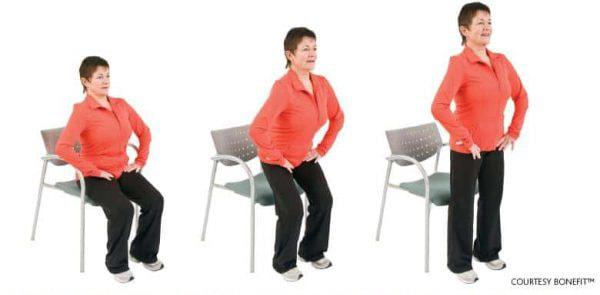
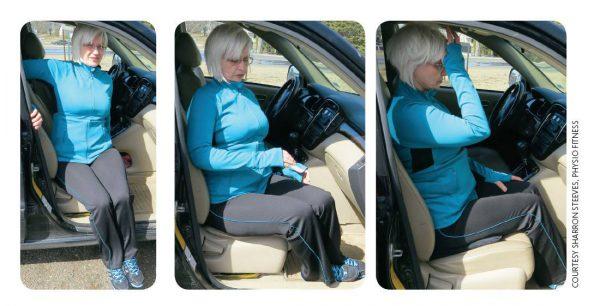
Shift forward in the chair and sit in good alignment, lean forward using a hip hinge and stand up, pushing through both legs equally.
Getting In And Out Of A Car
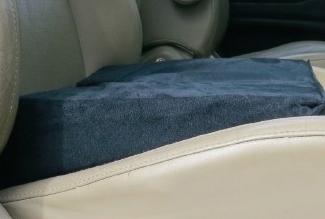
Remember to get in and out of a car the same way you get on and off a chair. Keep your spine as stretched out or as lengthened as possible. Many car seats are designed to support a slouched or rounded spine so you may need to take along a small pillow or folded towel to keep your spine as upright as possible, or you may benefit from a wedge-shaped cushion on the seat. These cushions are available in the automotive department of most retailers that sell car parts.
Helpful Hint:
Putting on a seat belt usually requires some rotation to get hold of the strap. To reduce the risk of too much twisting, make a conscious effort to keep the head high and the spine tall (in “neutral” position) as you turn your whole body from the hips.
